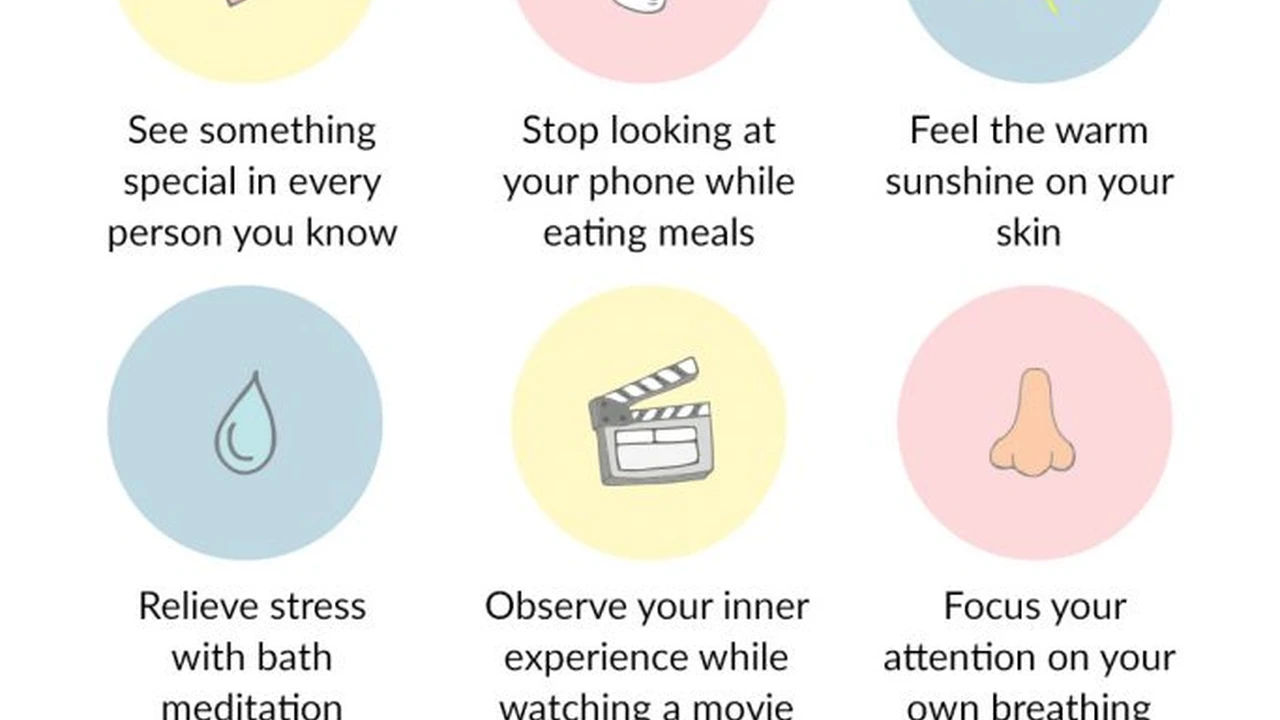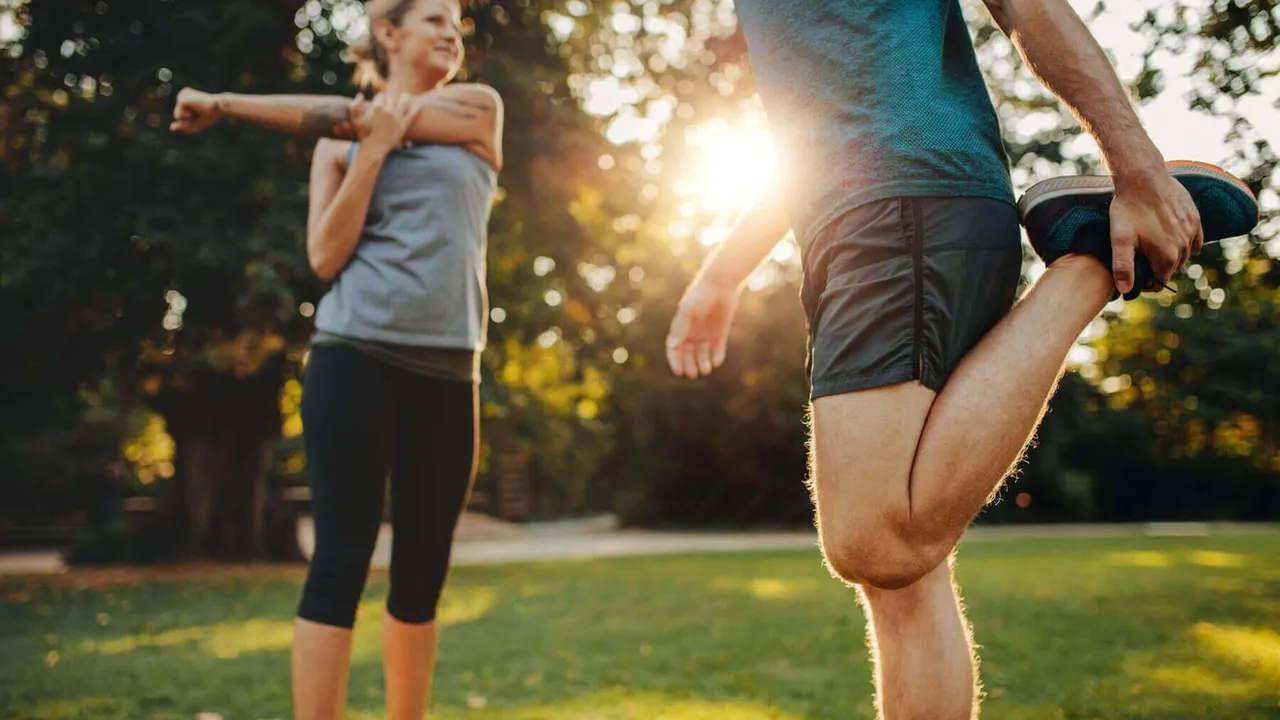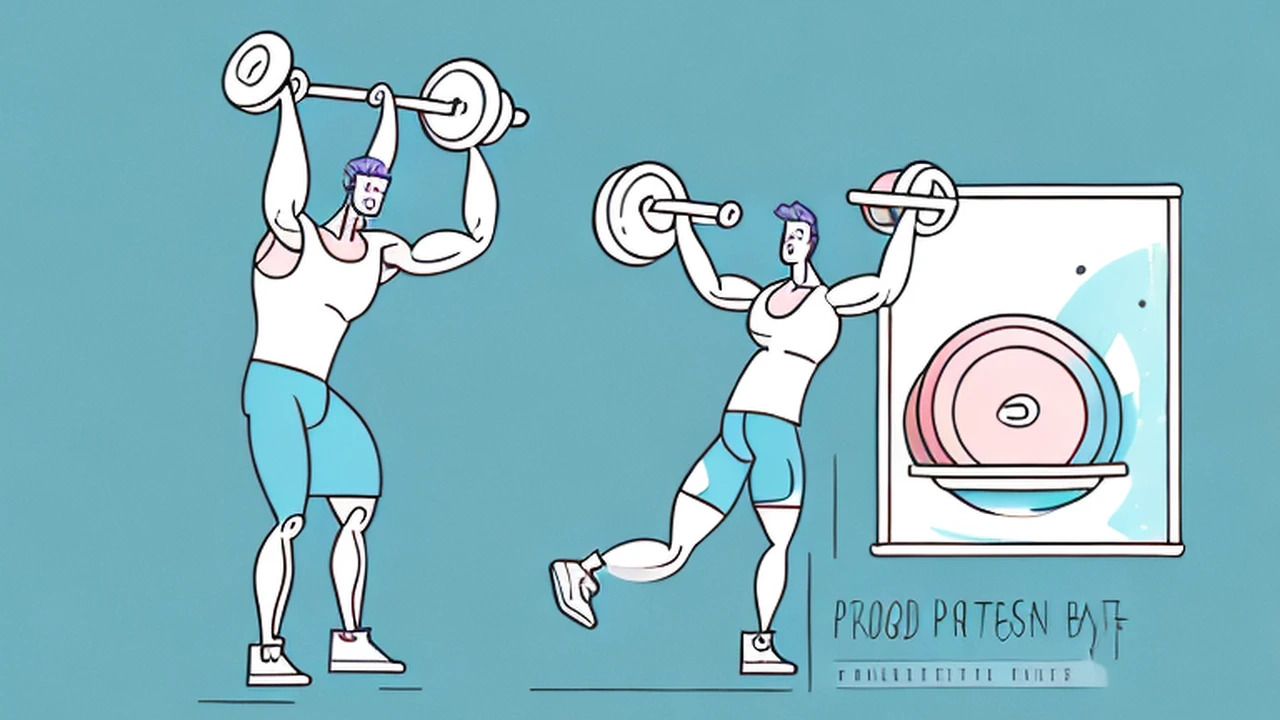7 Best Mindfulness Exercises for Reducing Stress, Daily Practices
Sample meta description.

Understanding Mindfulness The Foundation of Stress Reduction
Okay, so you're stressed. We all are! Life throws curveballs, deadlines loom, and sometimes it feels like your brain is a popcorn machine gone wild. But what if I told you there's a way to quiet the chaos, to find a little oasis of calm in the storm? That's where mindfulness comes in. Think of it as a mental reset button, a way to tune into the present moment without judgment. It's not about emptying your mind completely (good luck with that!), but rather about observing your thoughts and feelings as they pass by, like clouds in the sky. No clinging, no pushing away, just observing. This simple act of awareness can be incredibly powerful in reducing stress and improving your overall well-being. It's like giving your brain a mini-vacation, a chance to recharge and refocus. And the best part? You can do it anywhere, anytime.
Mindfulness Exercise 1 The Body Scan Your Gateway to Present Moment Awareness
Let's dive into our first exercise: the body scan. This is a fantastic way to connect with your physical sensations and become more aware of your body's signals. Find a comfortable position, either lying down or sitting. Close your eyes gently, if that feels comfortable. Now, bring your attention to your toes. Notice any sensations, without judgment. Maybe you feel tingling, warmth, pressure, or nothing at all. Just observe. Slowly move your attention up your body, from your feet to your ankles, calves, knees, thighs, hips, abdomen, chest, back, shoulders, arms, hands, fingers, neck, face, and head. As you move, notice any sensations you encounter. If your mind wanders, gently bring it back to your body. This exercise can help you identify areas of tension and release them. It's like giving your body a mental check-up, noticing what's going on and offering it some kindness. Aim for 10-15 minutes, but even 5 minutes can make a difference.
Mindfulness Exercise 2 Mindful Breathing The Anchor to Calmness and Focus
Next up, mindful breathing. This is your go-to exercise for instant stress relief. It's simple, portable, and incredibly effective. Find a comfortable posture, either sitting or lying down. You can close your eyes or keep them gently open. Bring your attention to your breath. Notice the sensation of the air entering your nostrils, filling your lungs, and then leaving your body. Focus on the rise and fall of your abdomen or chest. Don't try to control your breath, just observe it. As you breathe, you'll likely notice your mind wandering. That's perfectly normal. When it happens, gently redirect your attention back to your breath. Each time you return to your breath, you're strengthening your ability to focus and be present. Think of your breath as an anchor, grounding you in the present moment. Even a few deep, mindful breaths can help you calm down and regain your composure. Try this for 5-10 minutes, or even just a minute or two when you're feeling overwhelmed.
Mindfulness Exercise 3 Mindful Walking Step into Serenity with Every Stride
Let's take our mindfulness practice outside with mindful walking. This is a great way to combine movement with mindfulness, especially if you find it difficult to sit still. Find a quiet place where you can walk without distractions. Pay attention to the sensation of your feet making contact with the ground. Notice the weight shifting from one foot to the other. Feel the muscles in your legs working. Observe your surroundings without judgment. Notice the colors, shapes, and textures of the world around you. If your mind wanders, gently bring it back to the sensation of walking. This exercise can help you connect with your body and your environment, and it's a great way to clear your head and reduce stress. Aim for 15-20 minutes, but even a short walk can be beneficial.
Mindfulness Exercise 4 Loving-Kindness Meditation Cultivating Compassion and Connection
Now, let's cultivate some compassion with loving-kindness meditation. This practice involves sending well wishes to yourself and others. Find a comfortable position and close your eyes gently. Begin by thinking of someone you care about deeply. Visualize them in your mind and silently repeat phrases like: "May you be happy. May you be healthy. May you be safe. May you be at ease." Repeat these phrases several times, focusing on the feelings of warmth and compassion. Next, extend these wishes to yourself. Treat yourself with the same kindness and compassion you would offer to a loved one. Then, extend these wishes to a neutral person, someone you don't know well. Finally, extend these wishes to someone you find difficult. This exercise can help you cultivate feelings of compassion, connection, and empathy, which can reduce stress and improve your relationships.
Mindfulness Exercise 5 Mindful Eating Savor Every Bite and Nourish Your Soul
Let's bring mindfulness to the table with mindful eating. This practice involves paying attention to the sensations of eating, without judgment. Choose a food that you enjoy, such as a piece of fruit or a small treat. Take a moment to look at the food. Notice its color, shape, and texture. Smell the food. What aromas do you detect? Now, take a small bite. Pay attention to the taste and texture of the food in your mouth. Chew slowly and deliberately. Notice how the food feels as you swallow it. Continue eating in this way, savoring each bite. This exercise can help you appreciate your food more fully and reduce mindless eating. It's also a great way to connect with your senses and be present in the moment.
Mindfulness Exercise 6 Journaling for Mindfulness Reflecting on Your Inner World
Journaling is a powerful tool for self-reflection and mindfulness. Set aside 10-15 minutes. Write whatever comes to mind without censoring. Focus on your feelings, thoughts, and bodily sensations. Don't worry about grammar or structure. The goal is to observe your inner world. What themes emerge? What are you grateful for? What are you struggling with? Journaling can help you process emotions, gain clarity, and cultivate self-awareness. It's like having a conversation with yourself on paper.
Mindfulness Exercise 7 Gratitude Practice Appreciating the Good Things in Life
Gratitude is a powerful antidote to stress and negativity. Each day, take a few minutes to reflect on the things you're grateful for. They can be big or small, anything from your health to a beautiful sunset. Keep a gratitude journal, share your gratitude with others, or simply take a moment to appreciate the good things in your life. Gratitude shifts your focus from what's lacking to what's abundant, fostering a sense of contentment and well-being.
Products to Enhance Your Mindfulness Practice
While mindfulness is primarily a practice of the mind, certain products can enhance your experience and create a more conducive environment for relaxation and focus.
Meditation Cushions and Chairs: Finding Your Comfortable Seat
A comfortable and supportive seat is essential for meditation. Traditional zafu cushions offer firm support and promote good posture. Meditation chairs with back support can be beneficial for those with back pain or mobility issues. Consider the height, firmness, and material of the cushion or chair to find the best fit for your body.
Product Examples:
- Zafu Meditation Cushion by Bean Products: Offers excellent support and comes in various colors. Around $50.
- Alexia Meditation Seat: Provides back support and promotes good posture. Around $150.
Essential Oil Diffusers: Aromatherapy for Calmness
Aromatherapy can enhance your mindfulness practice by creating a calming and relaxing atmosphere. Lavender, chamomile, and sandalwood are known for their stress-reducing properties. An essential oil diffuser disperses these scents into the air, creating a pleasant and soothing environment.
Product Examples:
- URPOWER Essential Oil Diffuser: Affordable and easy to use, with various timer settings. Around $20.
- Vitruvi Stone Diffuser: Stylish and elegant, with a ceramic cover. Around $120.
Mindfulness Apps: Guided Meditations at Your Fingertips
Mindfulness apps offer a wealth of guided meditations, breathing exercises, and sleep stories to support your practice. Many apps offer free trials or basic versions, allowing you to explore different techniques and find what works best for you.
Product Examples:
- Headspace: Offers a comprehensive library of guided meditations for various needs, including stress reduction, sleep, and focus. Subscription required.
- Calm: Provides a wide range of guided meditations, sleep stories, and relaxing music. Subscription required.
- Insight Timer: Offers a vast library of free guided meditations from various teachers. Optional subscription for premium content.
Weighted Blankets: A Gentle Hug for Anxiety Relief
Weighted blankets provide deep pressure stimulation, which can help to reduce anxiety and promote relaxation. The gentle weight can feel like a hug, calming the nervous system and promoting a sense of security.
Product Examples:
- YnM Weighted Blanket: Popular and affordable, available in various weights and sizes. Around $70.
- Gravity Blanket: Known for its high-quality construction and even weight distribution. Around $200.
Sound Machines: Creating a Tranquil Soundscape
Sound machines can mask distracting noises and create a calming soundscape for meditation or sleep. White noise, nature sounds, and ambient music can help to quiet the mind and promote relaxation.
Product Examples:
- LectroFan White Noise Sound Machine: Offers a wide range of white noise and fan sounds. Around $50.
- Hatch Restore: Combines a sound machine, sunrise alarm, and reading light. Around $130.
:max_bytes(150000):strip_icc()/277019-baked-pork-chops-with-cream-of-mushroom-soup-DDMFS-beauty-4x3-BG-7505-5762b731cf30447d9cbbbbbf387beafa.jpg)






